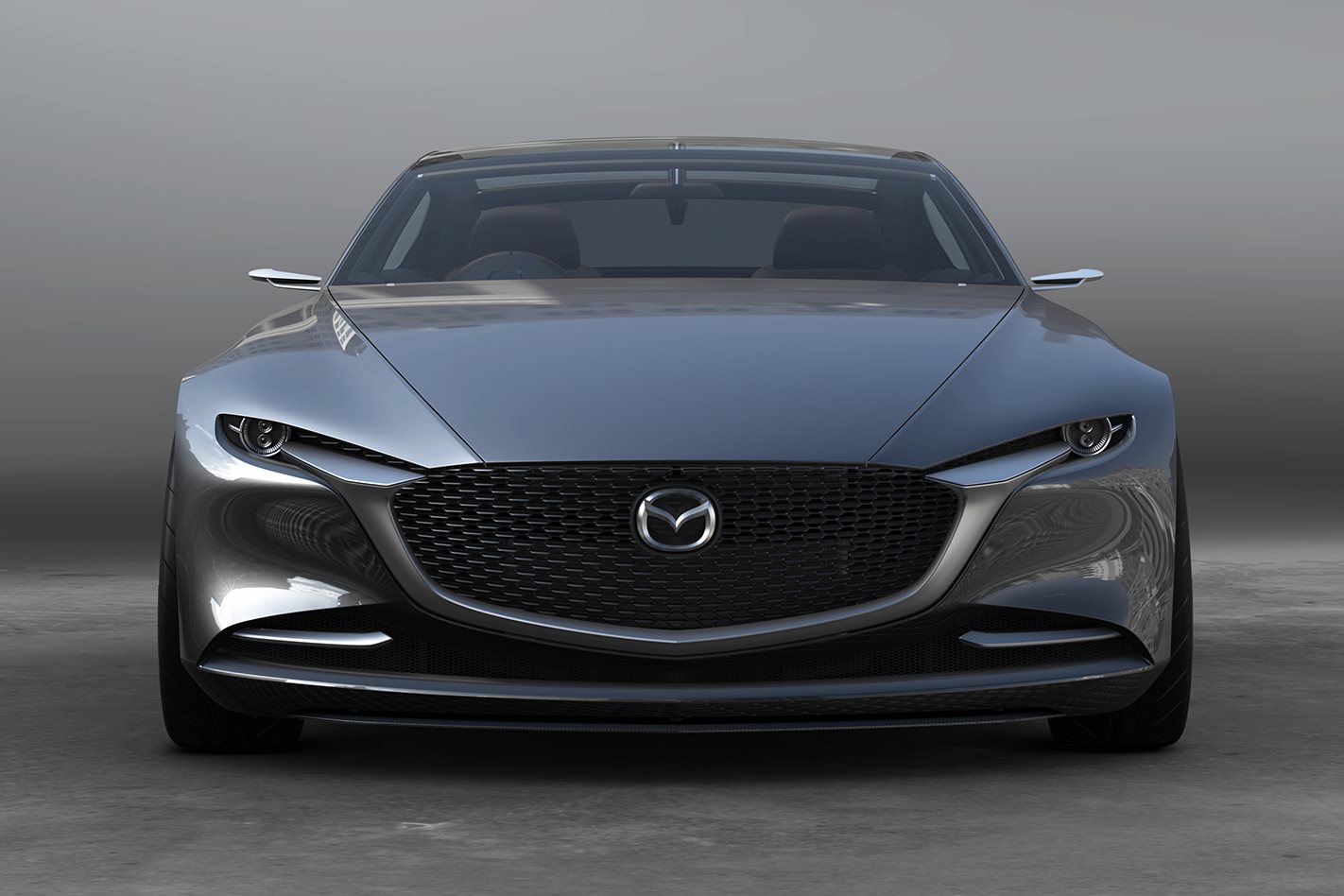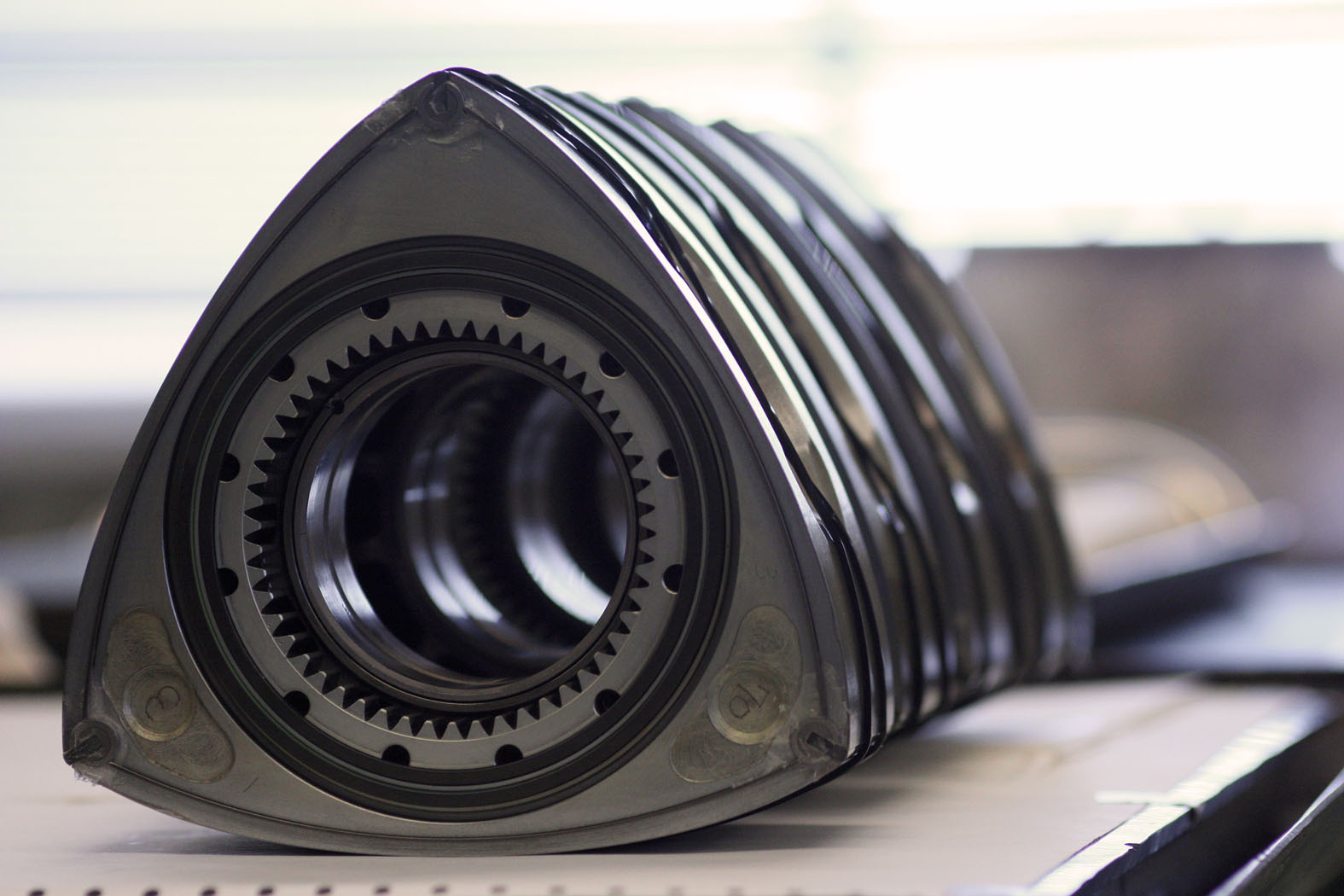
Mazda has announced its electrification game plan for the next 11 years, and in doing so has confirmed that it intends to bring at least one exclusively-electric Mazda model to market by 2030.
Furthermore, the company also aims to have every single vehicle it produces equipped with some form of electrification by 2030.
Unlike some manufacturers who’ve made similar electrification plans, Mazda doesn’t mean there will be just an electrified powertrain option available within all model lines – it means every single Mazda built will, at the very least, be a hybrid of some description, if not entirely electric.
One of those hybrids will be fitted with a compact combustion engine to drive a generator as a range-extender, and will be intended to run on battery power most of the time.

That engine will be a down-scaled version of the rotary engine that Mazda has traditionally used as a sports car powerplant – this time optimised to operate at a single RPM to generate power when the car’s battery runs low.
The use of the rotary engine, which differs dramatically from the piston engines that power nearly all other road cars, was driven by the type’s compact size relative to its power output – not to mention Mazda’s extensive experience with the unconventional technology.
What’s more, Mazda says the rotary-powered hybrid will be able to run on LPG and also function as a mobile generator in emergency situations.
Details on the size, shape, price range and design of its future pure electric car and range-extended plug-in hybrid have yet to be announced, and given the long timeframe involved it’s unlikely we’ll get further clarity on either in the short-term.
However, Mazda says it will introduce its pure electric models mainly in “regions that generate a high ratio of electricity from clean energy sources or restrict certain vehicle types to reduce air pollution”.
Given the current state of Australia’s fossil-fuel-heavy power generation network and vehicle tax structure, it’s unlikely we’ll be among the launch markets unless some seismic shifts occur in between now and then.

The combustion side of the hybrid equation won’t be ignored, though, with Mazda acknowledging that conventional internal-combustion powertrains will continue to power the majority of cars “for many years to come”, and that it aims to continue eking out further efficiency gains from its ‘regular’ powertains.
That said, the intent to electrify its full model portfolio by 2030 is a core part of Mazda’s plan to reduce its fleet-wide ‘well to wheel’ carbon dioxide emissions by 90 percent (relative to its 2010 levels) by 2050, and that ambitious figure suggests that the bulk of its hybrid offerings will be of a more emissions-friendly wall-chargeable plug-in type – albeit perhaps with a regular piston engine in place of a rotary range-extender.



